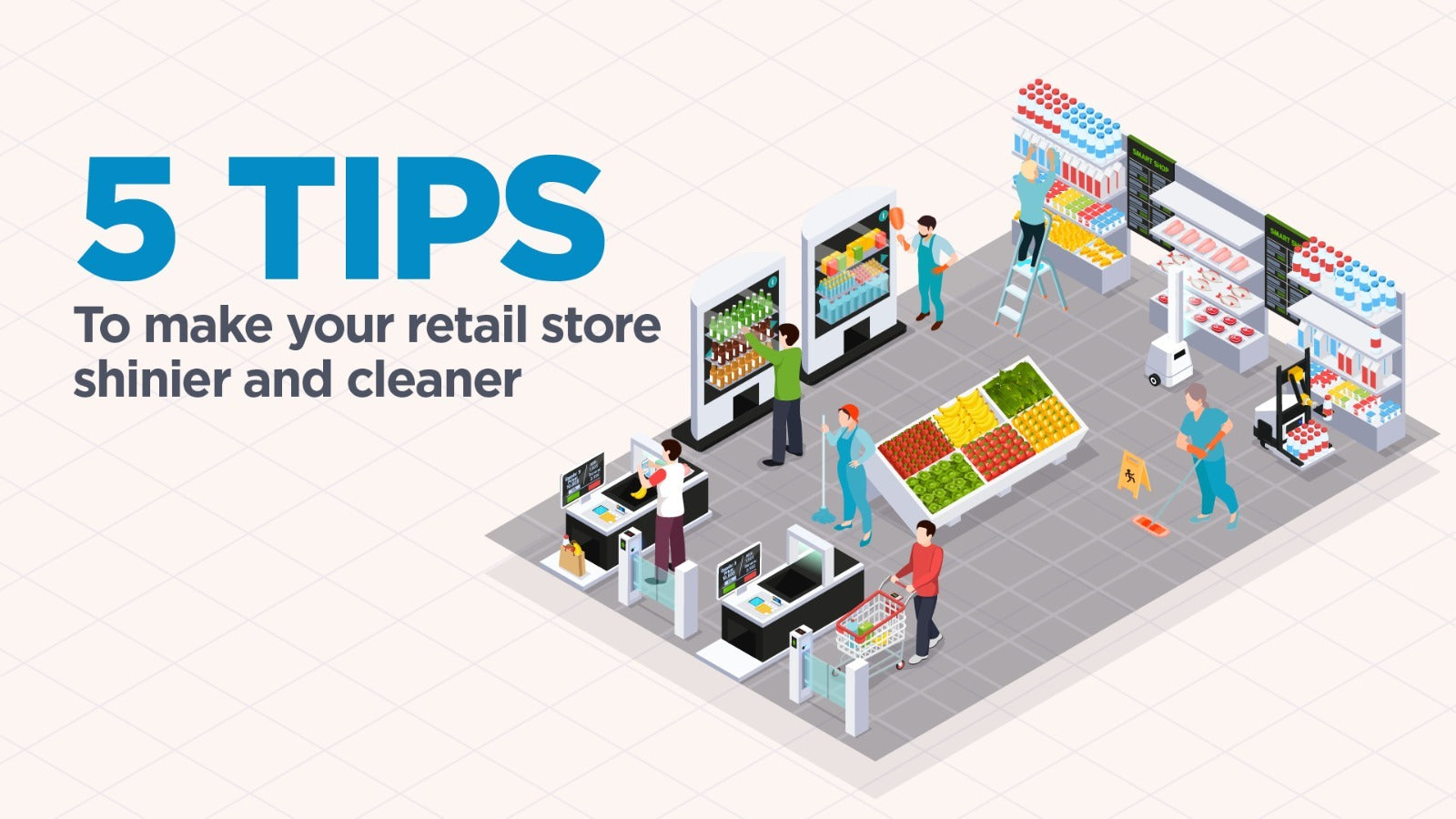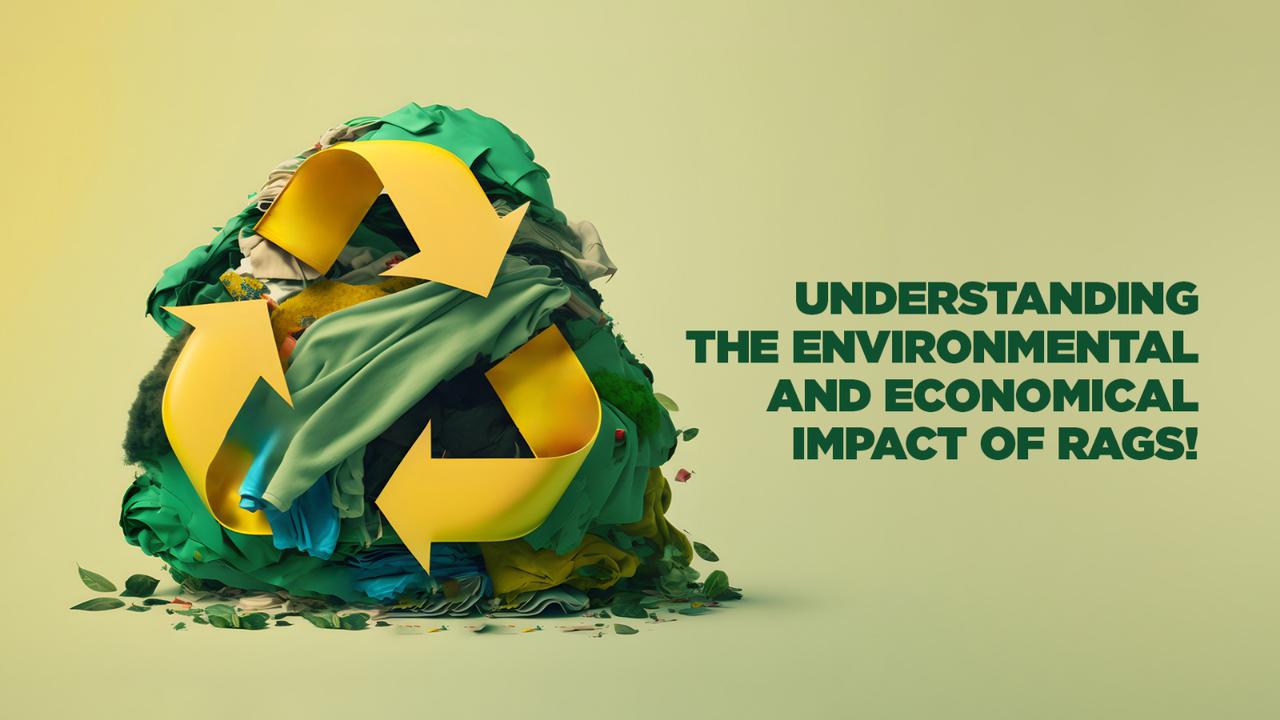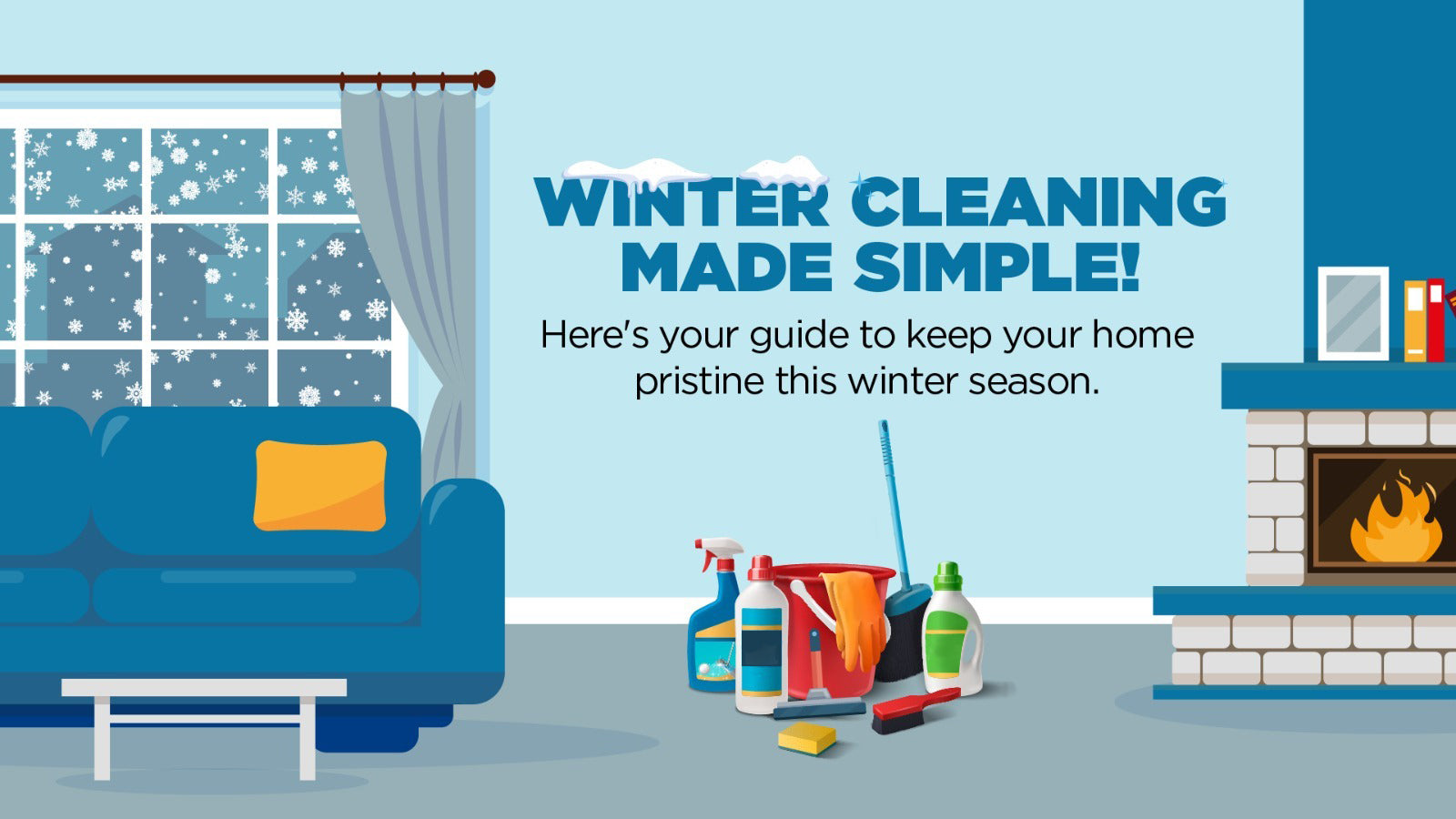
The Cost of Spills: Why Investing in Spill Kits Is Worth It
In a world where eco-friendliness and efficiency are paramount, even mundane tasks like car washing are evolving. Traditional methods, involving copious amounts of water, soap, and scrubbing, are now being challenged by more sustainable and effective alternatives. In this blog, we'll explore the cutting-edge trends in car washing – waterless and touchless methods. We'll delve into the environmental impact, convenience, and benefits of these approaches, and why you should consider them for your car cleaning needs.
Understanding Spills
Vehicle spills can have serious financial consequences under state laws. These are not limited to grand-scale disasters. They can occur in everyday scenarios, commonly arising from oil leakages, these spills, although seemingly minor, can carry significant repercussions. Even a small-scale oil leak, measuring just a few pints, can result in substantial financial burdens for a company. The expenses associated with small spills tend to be disproportionately high per gallon due to factors such as labor costs, the need for specialized equipment, the extent of the spill's saturation, and fines attracted under state laws.
The Role of Spill Kits
Now, let's draw your attention to the importance of spill kits in managing these small but costly spills. Spill kits, equipped with absorbents, gloves, disposal bags, and other essentials, play a pivotal role in containing and cleaning up spills. For companies operating with hazardous materials like hydraulic oil, spill kits are not just a convenience but a requirement. They ensure compliance with immaculate standards associated with authoritative bodies and help prevent spills from escalating into costly incidents.
Preventive Measures
To truly appreciate the value of spill kits, it's crucial to understand the significance of preventive measures. From people who use their vehicles every day to companies operating with chemicals or oils and must take proactive steps to prevent oil and chemical spills. For small-scale, it can be managed by adding an emergency spill kit to the portfolio, but for an industry, which has the potential to deal with large-scale spills, establishing a preventive maintenance program, installing monitoring equipment, and training personnel to identify potential issues are essential. This not only prevents spills but also extends the working life of equipment, saving companies both money and headaches down the line.
Oil Spill Containment and Clean-up:
Even with preventive measures in place, spills can still occur. OSHA and CCOHS standards mandate that facilities and vehicles dealing with hazardous materials be prepared for spill containment and removal. It's crucial to have the right equipment, such as oil spill supplies and absorbent materials, readily available. The process of containment and cleanup involves wearing protective gear, isolating the spill area, confining the spill, stopping the spill's source, cleaning the spill, and safely collecting and containing materials saturated by the spilled substance.
The Costs of Not Having Spill Kits
The financial implications of not investing in spill kits can be overwhelming. Cleanup costs, fines, legal fees, and skyrocketing insurance premiums can cripple a business. Consider the deep pockets of fines imposed on companies responsible for major spills – the numbers are staggering. In addition to the direct financial burden, there's the subtle yet significant damage to your company's reputation and the erosion of customer trust. When spills occur, stakeholders and the public scrutinize how a company responds to the crisis. A lackluster response can tarnish your image for years to come.
Real-world examples underscore the gravity of inadequate spill response. The BP Deepwater Horizon oil spill in 2010 not only resulted in an environmental catastrophe but also cost the company billions of dollars and irreparable damage to its reputation. Such cases are cautionary tales that emphasize the importance of being well-prepared for spills.
The 1989 Exxon Valdez spill, which released approximately 11 million gallons of oil into Alaska's Prince William Sound, resulted in staggering cleanup costs of $3.8 billion, and even decades later, legal battles continue as the legacy of the disaster endures.
In 2015, the El Capitan State Beach spill in Goleta, California, involving a rupture in a pipeline that released 2,500 barrels of oil, led to an extensive cleanup effort along a 100-mile stretch of coastline, with costs amounting to a significant $62 million.
Analyzing an oil spill white paper reveals a web of influencing factors for cleanup costs. These include location, oil type, cleanup methods, spill size, regional variations, and a cost estimation formula. Each element impacts the financial aspects of addressing environmental disasters. Let's explore these components:
Location:
The geographic and political context of spills significantly affects cleanup costs. For instance, the US had cleanup costs of $73,156 per tonne, while non-US locations had costs as low as $1,000 per tonne in 1997. Factors such as labor costs, regulations, and politics contribute to these variations.
Oil Type:
The type of oil spilled also matters. Heavy fuels and crude oil cost around $15,000 to $16,000 per tonne to clean up, while lighter oils like gasoline cost only $3,500 per tonne.
Cleanup Strategies:
The chosen approach, whether mechanical, manual, or dispersants, directly influences costs. Mechanical or manual recovery costs approximately $12,500 per tonne, while dispersants reduce costs to $2,100 per tonne. Offshore containment is crucial as shoreline cleanup drives costs up.
Spill Amount:
Smaller spills tend to be costlier per tonne due to personnel and equipment mobilization, ranging from $10,000 for small spills to less than $1,000 for large ones.
Regional Cost Differences:
The region of the spill is critical, with the US and Asia incurring high costs due to labor and regulations, and places like Mozambique having lower costs due to data and infrastructure limitations.
Cleanup Cost Estimation Technique:
The paper introduces a formula that combines oil type, spill size, location, primary cleanup method, and shoreline impact into a single algorithm for cost estimation, aiding in planning and response.
In summary, oil spill cleanup cost estimation is intricate, involving various factors. The paper offers valuable insights into these factors' interplay, helping predict costs for planning and response. However, remember that each spill is unique, and these estimates provide guidelines rather than definitive predictions.
Benefits of Investing in Spill Kits
Investing in spill kits offers a myriad of benefits. First and foremost, it's a shrewd financial move. You'll save money by preventing spills from spiraling into costly disasters. Moreover, having a spill kit in place ensures compliance with environmental regulations and workplace safety standards. This not only shields you from potential penalties but also demonstrates your commitment to being a responsible citizen.
Choosing the Right Spill Kit
Selecting the right spill kit is essential, as different industries and scenarios require different tools. Consider factors like the potential spill size, the type of chemicals involved, and the location where spills are most likely to occur. Regular maintenance and employee training on spill kit usage are equally crucial, as they ensure that your investment remains effective and that your staff is ready to respond when the need arises.
Take The Rag Factory’s Vehicle Spill Kit, for example. It comes in options for oil, universal, or hazardous spills, and it includes everything you need, from absorbent pads to gloves and goggles, all neatly packed in a red zippered bag for easy identification and access.
Conclusion
The true cost of spills, whether they stem from vehicle leakages, industrial mishaps, or accidents, can be staggering. Small-scale spills can incur unexpected expenses, tarnish your company's reputation, and pose environmental hazards. However, by investing in preventive measures and having spill kits at your disposal, you can minimize these risks and safeguard your operations.
In a world where even a minor spill can lead to significant financial and reputational losses, it's essential for businesses to prioritize spill preparedness. Spill kits are not just assets; they are necessities. So, why wait for a spill to happen when you can proactively protect your business? Invest in spill kits, establish preventive measures, and be ready to respond swiftly and effectively when spills occur. Your bottom line, your reputation, and the environment will thank you.



